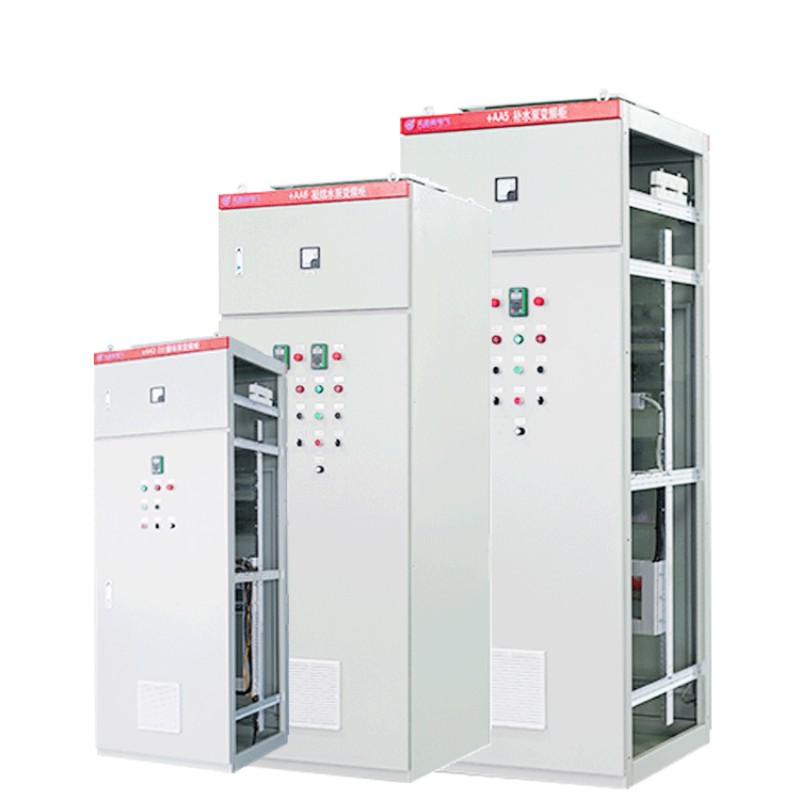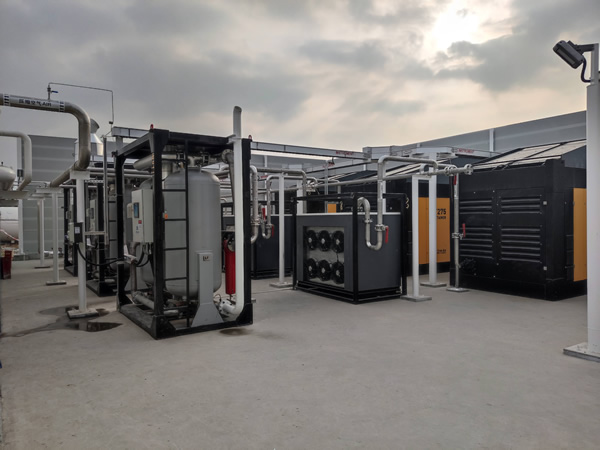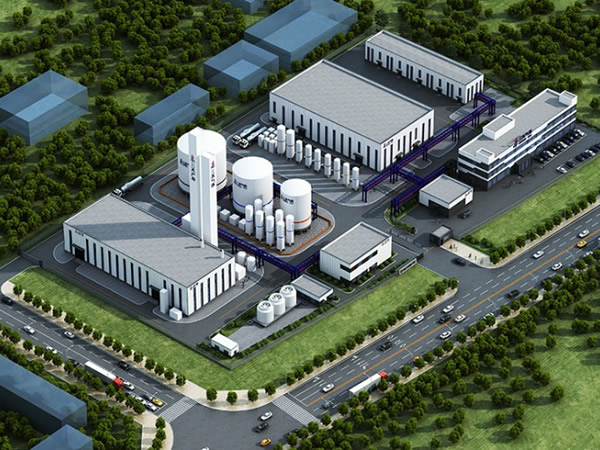Heat Exchange Station Automation Solution: Intelligent Precise And Efficient Operation
In the heating system, the efficient and stable operation of heat exchange stations is crucial for ensuring the heating quality for users. To this end, we have introduced an automation solution for heat exchange stations based on advanced technologies. The solution aims to achieve the efficient operation of heat exchange units through intelligent and precise control means, thereby enhancing the overall performance of the heating system.
I. Solution Overview
This solution takes the Siemens S7-1200 PLC as the core control unit to build a powerful automation control system. With its excellent data processing and logic control capabilities, the PLC can collect key parameters such as temperature and pressure in the heat exchange station in real time. By precisely controlling the return water temperature of the secondary network, it optimizes the operation status of the heat exchange unit, ensures efficient heat transfer, reduces energy consumption, and achieves the goal of energy conservation and consumption reduction.
Meanwhile, the solution incorporates an intelligent Internet of Things (IoT) control system, breaking through geographical limitations and enabling remote monitoring of each heat exchange unit. Managers can use terminal devices such as mobile phones and computers to keep track of the operation status of the heat exchange station at any time and from anywhere, adjust parameters and handle faults in a timely manner. This significantly improves management efficiency and response speed, ensuring the stable operation of the heating system.
II. Technical Advantages
- Precise Control for Optimal Operation: The solution can accurately perform multiple key operations, including pressure control, return water temperature control, and flow control. Whether facing complex working condition changes or subtle parameter fluctuations, the system can respond promptly and precisely control all indicators within the set range, ensuring that the heat exchange unit always operates at its best state and effectively enhancing the heating quality and stability.
- High - standard EMC Design for Stability and Reliability: With a high - standard Electromagnetic Compatibility (EMC) design, it effectively suppresses the impact of external electromagnetic interference on signal transmission. In complex electromagnetic environments, the system can still operate stably, ensuring the accuracy and reliability of data collection and transmission, and providing a solid technical foundation for the stable operation of the heat exchange station.
- Reliable Operation Guarantee Mechanism: The solution features a voltage - dependent speed reduction function. When the power supply voltage drops, the frequency converter automatically reduces the operating frequency, maintaining basic operation while ensuring equipment safety. The actual allowable input voltage range is AC 323 - 528V, which greatly improves the system's adaptability and stability in environments with voltage fluctuations, reducing equipment failures and downtime caused by voltage problems.
- High - quality Equipment Configuration: The Schneider ATV610 series frequency converter with a built - in Chinese operation panel is selected. It is not only convenient and intuitive to operate, reducing the learning cost for operators, but also has excellent speed regulation performance and energy - saving effects, providing reliable equipment support for the efficient operation of the heat exchange station.
- Precise Metering and Monitoring: It enables precise metering and monitoring of the heat flow on the secondary side. Managers can grasp the heat energy consumption in real time, providing accurate data for energy consumption analysis, cost accounting, and optimized scheduling of the heating system.
- Data Recording and Fault Management: The system can automatically record historical data of parameters such as pressure and temperature, and store equipment fault information. Through the analysis of historical data, potential problems can be identified in a timely manner, and equipment failures can be predicted. Detailed fault records help quickly locate the cause of faults, shorten the fault handling time, and improve equipment maintenance efficiency.
This heat exchange station automation solution, with its advanced technical architecture, reliable equipment configuration, and powerful functional advantages, provides a comprehensive solution for the intelligent and efficient operation of heat exchange stations, and will strongly promote the heating industry towards a more intelligent, efficient, and green development path.





